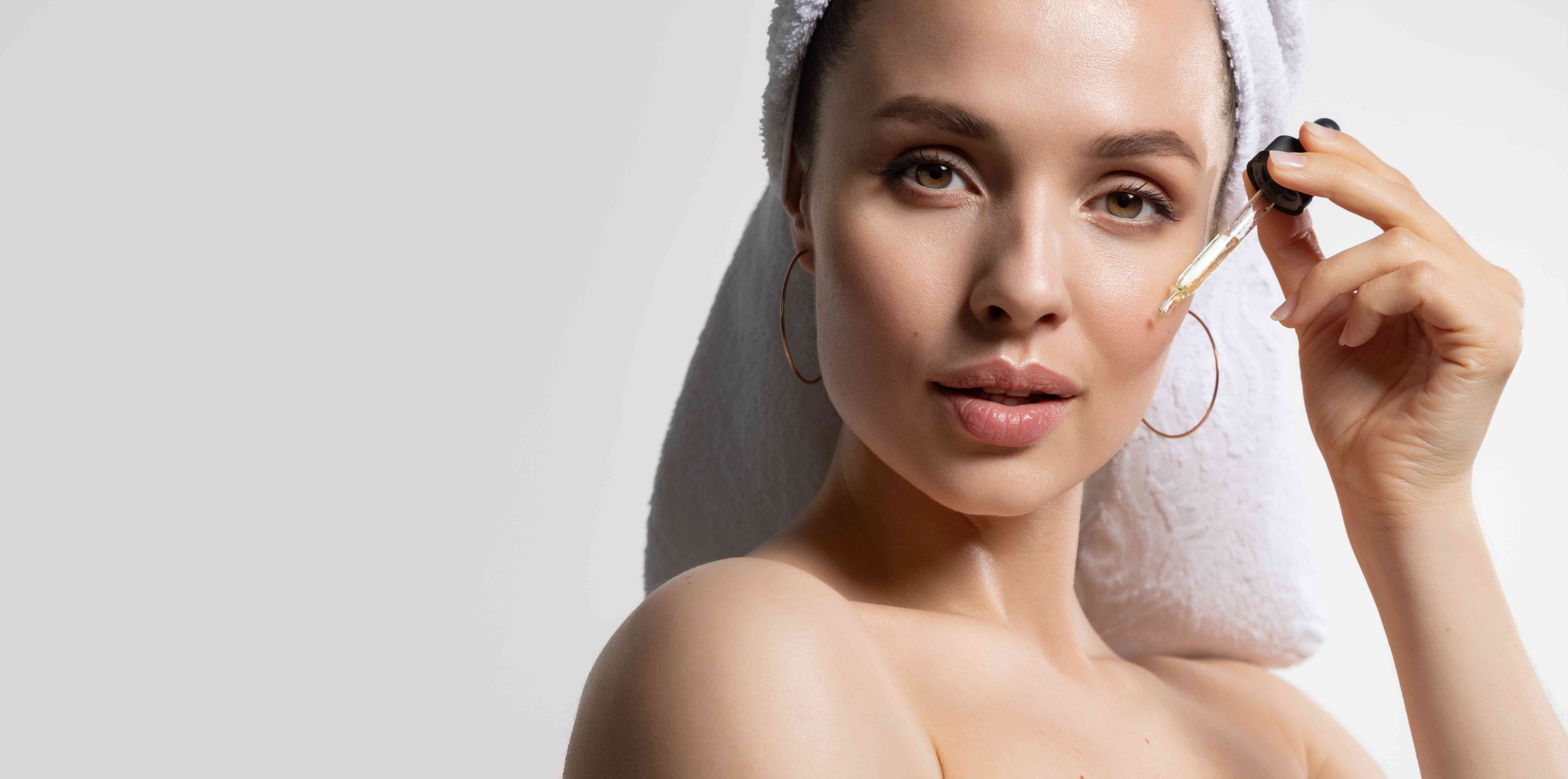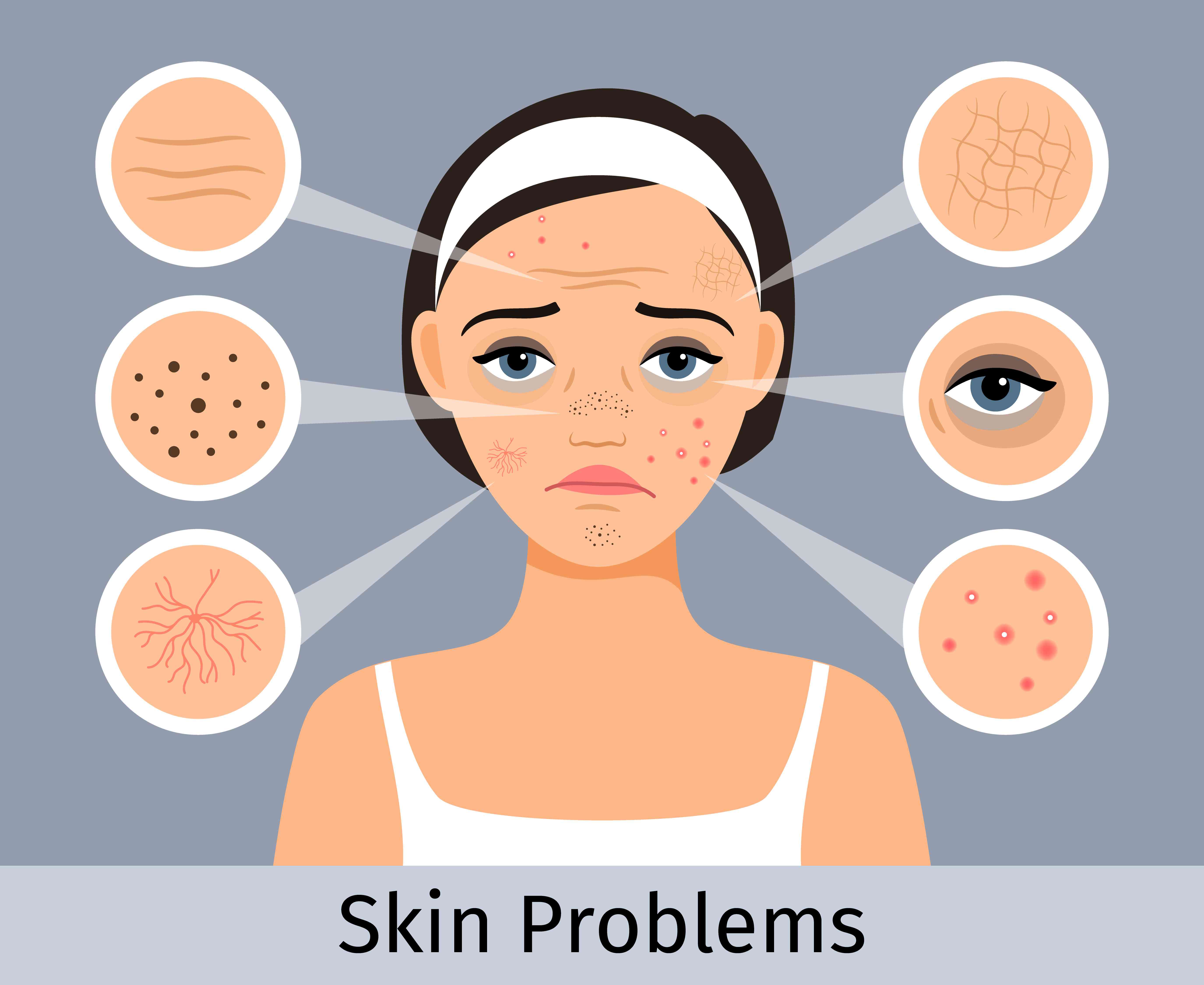

You're always on the lookout for the latest and greatest beauty trends, and lately, you may have noticed a lot of buzz around a skincare ingredient called 'niacinamide'. From serums to moisturizers, this powerhouse ingredient seems to be popping up everywhere. But what exactly is niacinamide, and why is it gaining so much popularity?
Niacinamide, also known as vitamin B3, is a water-soluble vitamin that has made its way into many skincare products. Its benefits for the skin are vast - from improving skin texture and reducing inflammation to regulating sebum production for oil control. It's no wonder that beauty enthusiasts are flocking to incorporate niacinamide into their daily routines.
However, as with any good thing in life, there can be too much of a good thing. While niacinamide offers numerous advantages for your skin, using excessive amounts may lead to unwanted side effects.
From beauty gurus to dermatologists, everyone seems to be raving about its benefits. But what exactly is niacinamide, and why is it gaining so much popularity? Let's dive into the world of niacinamide and explore how it can transform your skincare routine.
Niacinamide, also known as vitamin B3, is a powerhouse ingredient found in many skincare products. It plays a crucial role in maintaining healthy skin by supporting the skin barrier function and reducing water loss. This means that niacinamide helps your skin retain moisture, keeping it hydrated and plump.
But the benefits don't stop there! Niacinamide also has anti-inflammatory properties, making it effective for addressing various skin care concerns. Whether you're dealing with acne breakouts, hyperpigmentation, or uneven skin tone, niacinamide can help improve these issues.
You've heard about the wonders of niacinamide for your skin and decided to give it a try. It's become an essential part of your skincare routine, and you can't help but wonder, "Am I using too much niacinamide?" It's important to know that while niacinamide has many benefits, using excessive amounts can have negative effects on your skin. Here are some signs that you may be overdoing it with niacinamide:
Redness: If you notice persistent redness on your skin, particularly after applying niacinamide, it could be a sign that you're using too much. Niacinamide is generally well-tolerated, but excessive application can cause irritation and inflammation.
Irritation: Does your skin feel irritated or sensitive? This could be another indication that you're overusing niacinamide. It's important to pay attention to how your skin reacts and make adjustments accordingly.
Dryness: Using too much niacinamide may lead to dryness, even if you normally have oily or combination skin. If your skin feels tight or lacks moisture after applying niacinamide products, it might be time to reevaluate your usage.
Increased oiliness: On the other hand, some individuals may experience increased oiliness when they use excessive amounts of niacinamide. If you find that your skin appears greasier than usual after applying this ingredient, consider decreasing the amount or frequency of use.
Niacinamide has been gaining popularity as a skincare ingredient, and for good reason. It offers a wide range of benefits for your skin, helping to address various concerns and improve its overall appearance. However, like any skincare product, niacinamide should be used in moderation to avoid any potential drawbacks. Let's explore the pros and cons of incorporating niacinamide into your skincare routine.
Improved skin texture and smoothness:
One of the major advantages of using niacinamide is its ability to enhance the texture and smoothness of your skin. It works by increasing the production of ceramides, which are essential for maintaining the skin's barrier function. This helps to keep your skin moisturized and supple, resulting in a smoother complexion.
Reduction in inflammation and redness:
Niacinamide is known for its anti-inflammatory properties, making it an excellent choice for those with sensitive or acne-prone skin. By reducing inflammation, it can help calm irritated skin and minimize redness. Whether you struggle with occasional breakouts or chronic redness, niacinamide can be a valuable addition to your skincare routine.
Regulation of sebum production for oil control:
Excessive oil production can contribute to acne breakouts and leave your skin feeling greasy throughout the day. Niacinamide helps regulate sebum production, preventing excess oiliness without stripping away essential moisture. This makes it an ideal ingredient for individuals with oily or combination skin types who want to achieve a more balanced complexion.
Skin sensitivity or irritation due to prolonged exposure:
While niacinamide is generally well-tolerated by most individuals, prolonged exposure to high concentrations may cause some people to experience sensitivity or irritation. It's important to listen to your skin and adjust your usage accordingly if you notice any adverse effects. Starting with lower concentrations (around 2-5%) can help minimize the risk of irritation.
Incompatibility with certain ingredients or products:
Niacinamide is generally compatible with other skincare ingredients, but there are a few exceptions. When combined with vitamin C, for example, niacinamide may reduce the efficacy of vitamin C. If you're using other active ingredients in your skincare routine, it's essential to research potential interactions or consult with a dermatologist to ensure compatibility.
Ready to strike the perfect balance with niacinamide? Incorporating this powerhouse ingredient into your skincare routine can do wonders for your skin, but using too much of it might lead to unwanted side effects. Here's how you can effectively use niacinamide without overdoing it:
Start Gradually: Introduce niacinamide into your routine gradually, especially if you're new to using it. Begin by using products with lower concentrations, such as 2-5% niacinamide. This allows your skin to adjust and minimizes the risk of any potential adverse reactions.
Follow Product Recommendations: Pay attention to product instructions and recommended usage guidelines. Stick to the suggested amount or frequency of application provided by the manufacturer. More is not always better when it comes to skincare, so resist the temptation to slather on excessive amounts of niacinamide.
Be Mindful of Ingredient Interactions: Niacinamide plays well with most skincare ingredients, but it's good practice to be aware of potential interactions that could compromise its effectiveness or irritate your skin. Avoid combining niacinamide with products containing vitamin C or acidic ingredients like AHAs and BHAs as they may destabilize each other.
In this article, we've explored the benefits of niacinamide for your skin and discussed the potential side effects of using too much. Finding the right amount of niacinamide for your skin can help you reap its benefits without risking any unwanted side effects. So go ahead and experiment—it's all about finding what works best for you!
Disclaimer: The information provided in this article is for general informational purposes only. It is not intended to be a substitute for professional advice, diagnosis, or treatment. Always consult with qualified professionals regarding any questions or concerns you may have about using niacinamide on your skin. The content of this article, including text and images, should not be relied upon without seeking professional guidance.
